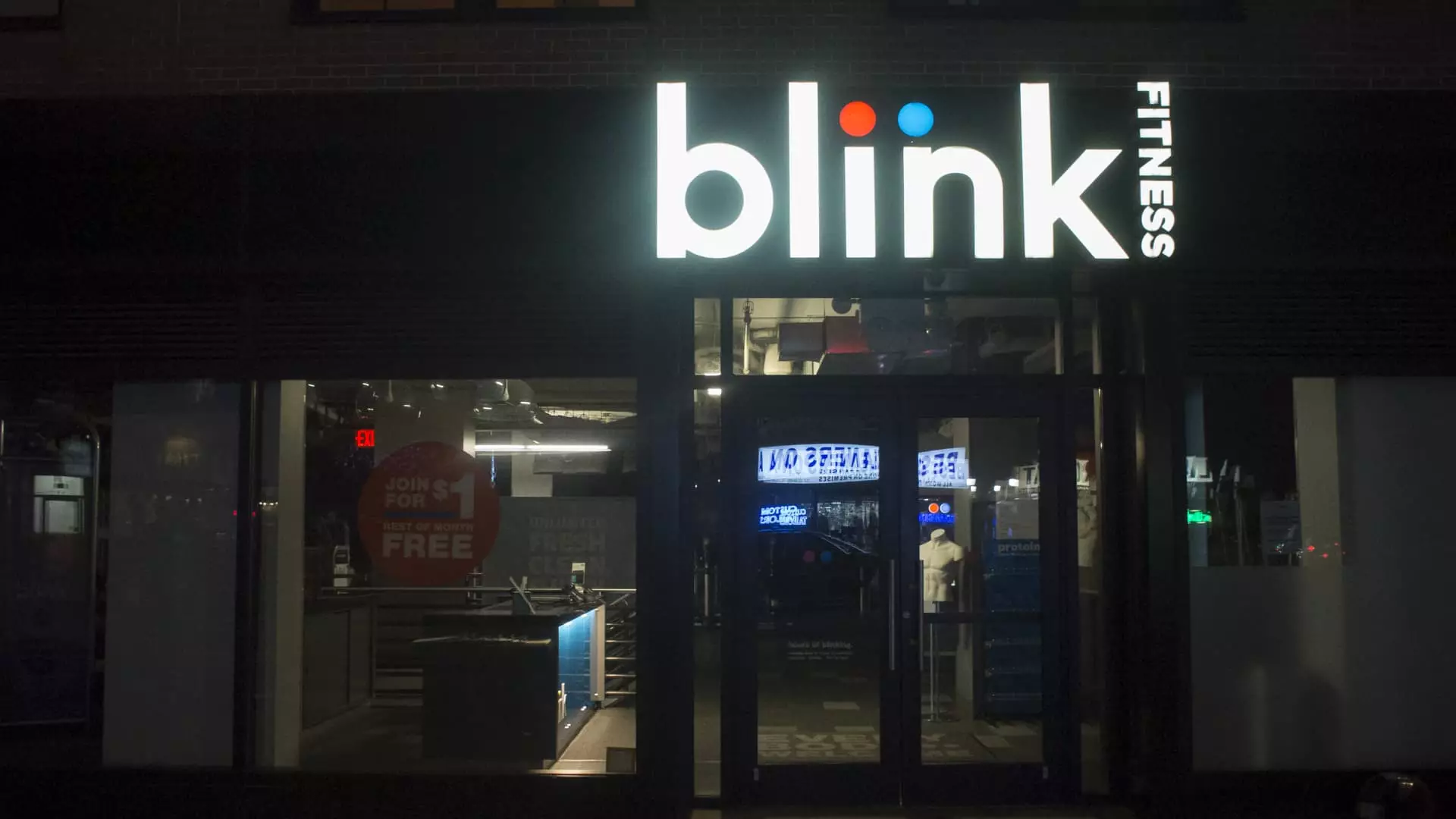In recent news, Blink Fitness, a popular budget-friendly gym chain owned by Equinox Group, has made headlines for filing Chapter 11 bankruptcy protection. This move comes in the wake of the COVID-19 pandemic, which has hit the fitness industry hard. With more than 100 centers across the U.S., Blink Fitness is just one of many gym chains that have been forced to seek bankruptcy in order to stay afloat. Companies like New York Sports Club, 24 Hour Fitness, and Gold’s Gym have all faced similar challenges in the post-pandemic world.
The decision to file for Chapter 11 bankruptcy protection was made in an effort to sell the company’s assets and liabilities, which are listed at $100 million and $500 million, respectively. Despite this financial setback, Blink Fitness plans to continue operating its fitness centers during the sale process. CEO and president Guy Harkless emphasized the company’s commitment to long-term success, stating that the decision to pursue a court-supervised process was the best path forward.
Financial Rejuvenation Efforts
Equinox Group, the luxury fitness company that owns Blink Fitness, has been proactive in exploring avenues to improve its financial standing. The parent company of Equinox, SoulCycle, and Pure Yoga recently completed a $1.8 billion funding round to refinance its $1.2 billion of debt. This strategic move reflects Equinox’s dedication to strengthening its financial foundation and exploring new opportunities for growth.
Despite the challenges posed by the pandemic, Equinox reported a 27% increase in revenue in 2023 and has witnessed membership levels almost fully returning to pre-pandemic levels. The company has ambitious plans to open more than two dozen new locations globally, indicating a strong commitment to expansion and innovation. Additionally, Equinox’s launch of a $40,000 annual gym membership targeted at its affluent member base demonstrates its efforts to diversify revenue streams and appeal to high-end clientele.
Competitive Landscape in the Fitness Industry
In a market crowded with budget gym chains, Blink Fitness competes with the likes of Planet Fitness, which recently raised its base membership price to $15 per month. Unlike Blink, Planet Fitness reported a 7% year-over-year increase in membership growth in its second quarter, reaching a total of 19.7 million members. The company’s shares have also reached a 52-week high, signaling investor confidence in its financial performance.
As consumer spending habits in the fitness industry continue to evolve, it is clear that companies must adapt their strategies to remain competitive. A recent CNBC/Generation Lab Youth and Money Poll revealed that a significant portion of Americans aged 18 to 34 spend minimal amounts on exercise and fitness, with nearly half reporting spending “nothing at all.” This underscores the importance of developing cost-effective membership options and engaging marketing strategies to attract and retain customers.
The financial challenges faced by Blink Fitness underscore the need for companies in the fitness industry to prioritize financial stability and strategic growth initiatives. By leveraging innovative approaches and adapting to changing market dynamics, companies can navigate uncertain times and position themselves for long-term success. As the industry continues to evolve, it is essential for fitness brands to remain agile, resilient, and customer-focused in order to thrive in a competitive landscape.

Leave a Reply